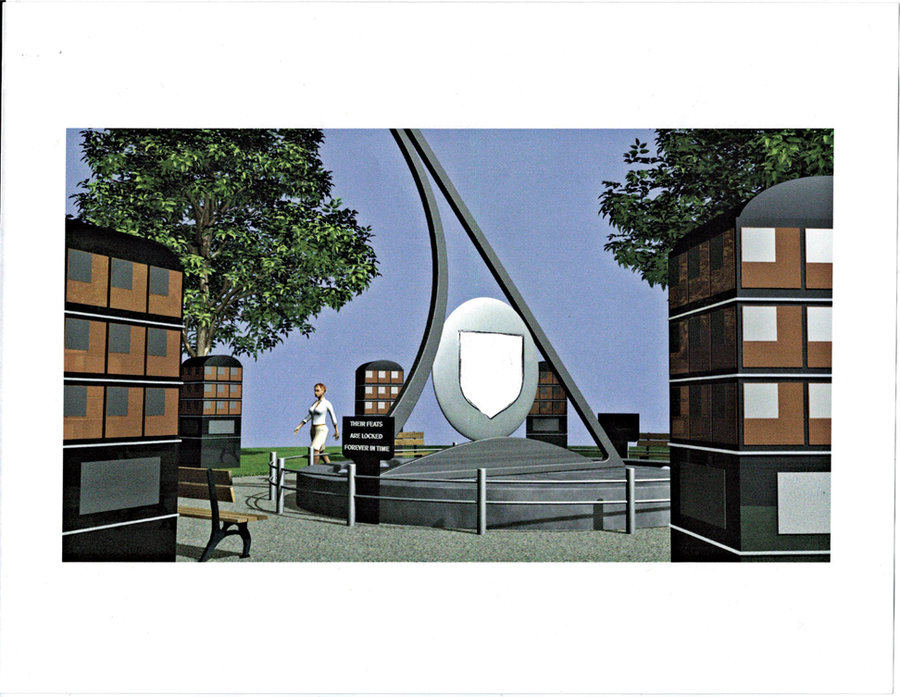Hoboken already has a plaque on 11th Street commemorating the location of the first baseball game to be played under the rules that form the basis of the modern sport. Now a group of primarily Canadian and American baseball enthusiasts want to make the city the permanent home of the World Baseball Hall of Fame (WBHF).
The organization is different from, and hopes to distinguish itself from, the National Baseball Hall of Fame and Museum in Cooperstown, N.Y., the premier patron of baseball history since the 1930s. The World Baseball Hall of Fame was recently reestablished after being founded in the early 1990s, and as of yet has no physical headquarters, hence the interest in Hoboken.
While the World Baseball Hall of Fame is unlikely to usurp the fame or status of the institution that is Cooperstown, its president Bruce Prentice said his organization has the opportunity to correct some of the mistakes made by the long-tenured national hall.
Correcting the errors
First and foremost is placing the WBHF in Hoboken, the actual birthplace of baseball. Cooperstown’s claim to that title is based on the thoroughly-debunked fable that Civil War hero Abner Doubleday first drew a diamond there in 1839.
“It would be an honor and a privilege to be selected to the World Baseball Hall of Fame.” – Cito Gaston
____________
In addition, Prentice said the WBHF concept would sidestep the “passé” hall of fame museum model in favor of an outdoor memorial in a park or other open space area.
To a certain extent, this is a function of Hoboken’s unique constraints. While the city is clearly proud of its baseball heritage, it is only a mile square and does not rely on tourist traffic to nearly the extent of sleepy Cooperstown, a hamlet of 1,850.
Just how much traffic a museum would bring to Hoboken isn’t even clear. According to the Albany Business Review, the National Baseball Hall of Fame Museum attracted only 253,000 visitors in 2013, down from over 400,000 in the mid 1990s.
Monument of greatness
As for the Hall of Fame itself, Prentice envisions a circle of seven-foot-tall concrete or granite pillars inscribing a sweeping metal sculpture. Each pillar would bear plaques three abreast with the names of the inductees. Ideally, said Prentice, the array would be accompanied by a gift shop.
Prentice said he does not have a particular park or area of Hoboken in mind, preferring only to place it “wherever the best location would be for tourists to visit.” Hoboken’s parks already have monuments honoring radio inventor Guglielmo Marconi, volunteer firemen, Christopher Columbus, World War I, and World War II.
Prentice said he has reached out to the administration of Mayor Dawn Zimmer to discuss the Hall of Fame, but has yet to successfully schedule a meeting (he lives in Ontario, Canada).
On Wednesday, Zimmer said she was familiar with the idea and certainly open to the possibility of establishing a larger baseball monument than the Elysian Fields plaque. However, she said it was not yet clear to her whether the WBHF organization has the means to execute its vision.
Hoboken is a densely populated city but is looking to redevelop its formerly industrial areas on the borders of town. Zimmer suggested that a Baseball Hall of Fame monument could be included in a future city redevelopment plan in the same manner that a regional performing arts center was floated in the plan for the Hoboken rail yards approved last December.
In years past, town officials have suggested – at different times – a hockey stadium and a minor league baseball stadium for the city.
Truly international
True to its name, the World Baseball Hall of Fame will also distinguish itself from the Cooperstown Hall by casting a considerably wider net for inductees.
The first 12 ballplayers to be inducted into the WBHF make its international flavor abundantly clear. The class includes Canadian pitcher Ferguson Jenkins, Mexican swatter Bobby Ávila, Viktor Starffin, a Russian pitcher who played only in Japan, and Japanese big bats Shigeo Nagashima and Sadaharu Oh, the latter of whom holds the world lifetime record for home runs.
Of the initial 12 inductees, only three are Americans. By contrast, only 16 of the 306 members of the Cooperstown Hall of Fame were born outside of the United States.
The nominees for the 2015 WBHF ballot also include “Shoeless Joe” Jackson and Pete Rose, two Major League Baseball legends who have been banned from ever entering Cooperstown for gambling on their own teams.
From the 31 nominees for this year, 12 will be selected by the Hall of Fame’s eight-member Board of Governors and five-member Board of Advisers, which includes Alexander Cartwright IV, a descendant of the creator of the Knickerbocker rules first used in Hoboken in 1846.
“It would be an honor and a privilege [for someone] to be selected to the World Baseball Hall of Fame,” said Cito Gaston, a member of the WBHF Board of Advisers and the World Series-winning coach of the Toronto Blue Jays in 1992 and 1993.
Carlo Davis may be reached at cdavis@hudsonreporter.com.
